Introduction
Whether a biker is new or seasoned, their development mostly depends on training. Riding a controlled training program helps cyclists maximize their performance, increase their degree of fitness, and hone their riding techniques. Apart from preparing the body for the physical demands of riding, training enhances mental concentration and endurance.
Regular training helps cyclists adapt to the physiological stress resulting from rides, therefore enhancing muscular strength, endurance, and cardiovascular efficiency. It enables cyclists to push themselves, handle challenging terrain, and meet personal objectives. Training also improves overall body mechanics and builds the muscles, thereby helping to avoid injuries.
Those who dedicate time and effort to training could release their best potential and savor a good and fun riding experience.
Building Aerobic Fitness
A. Endurance rides and long-distance training
Riding an endurance bike helps bikers develop their aerobic fitness mostly. One distinguishes these rides by a constant, low speed maintained over a long period. They improve fat metabolism, increase general endurance, and help to build cardiovascular capacity. Beginning with shorter endurance rides, novices can gradually cover increasing distances over time. Usually comprising two hours or more of riding, long-distance training increases mental resilience and aerobic capacity.

B. Interval training for improving speed and stamina
Interval training is based on high-intensity effort alternately with moments of recovery. This form of very powerful exercise helps to increase speed, endurance, and lactate threshold. Typical interval sessions consist of:
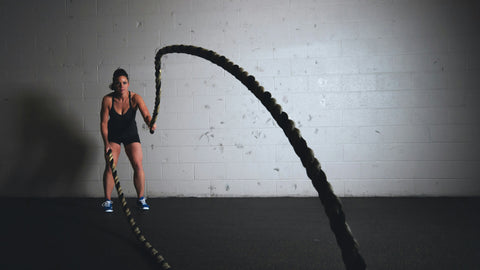
High-intensity interval training (HIIT) is short, intensive efforts like 30-second sprints followed by a recovery time repeated for several sets. HIIT sessions increase anaerobic power and improve general cardiovascular fitness.
For longer stretches, say five-minute intervals with identical recovery times, steady efforts at a quite high intensity, close to the lactate threshold. Higher intensities increase endurance by tempo intervals, which also help lactate clearance.
Riding with faster-paced intervals alternated between slower recuperation times, Fartlek—meaning "speed play"—in Swedish is It provides an easy and interesting way to include interval training into outdoor rides.
C. Hill repeats for building strength and power
Hill repetitions are a terrific way to develop strength, power, and climbing ability. Look for a hill with a challenging grade and aggressively cycle up, being very careful to maintain proper form and pedaling technique. Once at the top, recuperate by descending or by riding on more level terrain. Then go on repeating the work. Increase the frequency of repetitions over time as fitness increases. Hill repetitions help to improve muscular endurance, strengthen legs, and enhance handling of difficult grades.
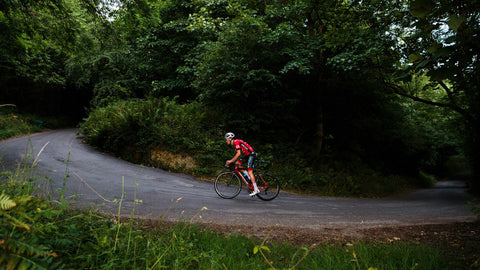
D. Cross-training activities to complement cycling
Using additional sports outside riding will help to complement and increase general fitness. It provides variation, targets several muscle groups, and reduces the risk of overuse issues. Some effective cross-training activities for cyclists consist in:
Running improves general endurance, leg strength, and cardiovascular fitness. You can run on a treadmill or outside; adding hill repetitions and interval training can help to greatly increase fitness.
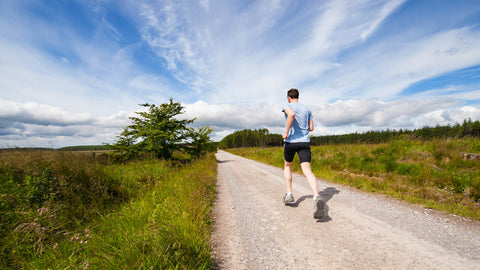
Swimming is a low-impact, full-body workout that builds lung capacity, upper body strength, and cardiovascular endurance. It offers a good variation from biking and maintains aerobic fitness.

Deadlifts, lunges, squats, and core exercises—strength-building activities—help to increase general strength, stability, and power. Focus on lower-body, core, and upper-body targeted exercises to build cycling-specific strength.

Pilates or yoga improves body awareness, flexibility, balance, and core power. They can help to expedite healing, correct posture and stance, and help to minimize injuries on the bike.
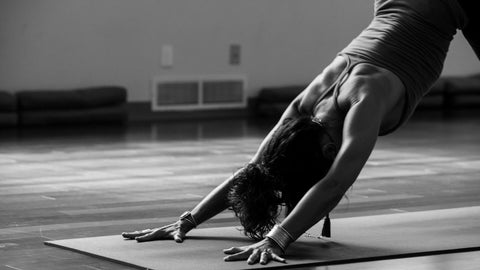
Including cross-training activities calls for careful balancing to prevent overindulging. Try one to two sessions a week; make sure they improve rather than subtract from riding. Try several activities to find which most suit your interests and goals.
Together, endurance rides, interval training, hill repetitions, and cross-training activities can assist riders effectively in enhancing aerobic fitness, speed and stamina, strength and power, and general cycling performance.
Developing Muscular Strength and Power
A. Resistance training exercises for cyclists
Using additional sports outside riding will help to complement and increase general fitness. It provides variation, targets several muscle groups, and reduces the risk of overuse issues. Some effective cross-training activities for cyclists consist in:
Running improves general endurance, leg strength, and cardiovascular fitness. You can run on a treadmill or outside; adding hill repetitions and interval training can help to greatly increase fitness.
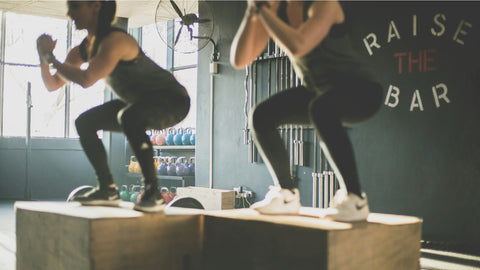
Swimming is a low-impact, full-body workout that builds lung capacity, upper body strength, and cardiovascular endurance. It offers a good variation from biking and maintains aerobic fitness.
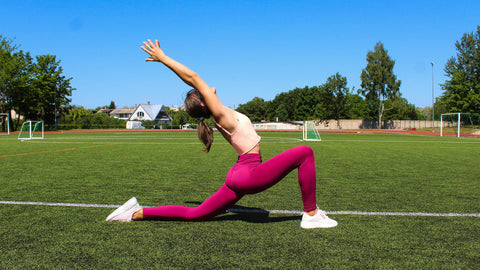
Deadlifts, lunges, squats, and core exercises—strength-building activities—help to increase general strength, stability, and power. Focus on lower-body, core, and upper-body targeted exercises to build cycling-specific strength.
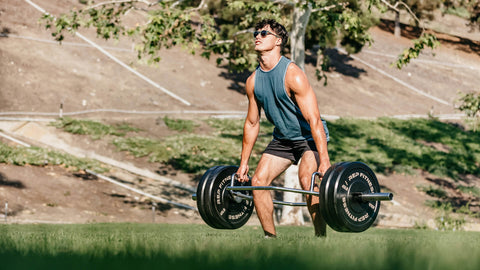
Pilates or yoga improves body awareness, flexibility, balance, and core power. They can help to expedite healing, correct posture and stance, and help to minimize injuries on the bike.

Including cross-training activities calls for careful balancing to prevent overindulging. Try one to two sessions a week; make sure they improve rather than subtract from riding. Try several activities to find which most suit your interests and goals.
Together, endurance rides, interval training, hill repetitions, and cross-training activities can assist riders effectively in enhancing aerobic fitness, speed and stamina, strength and power, and general cycling performance.
B. Core strength workouts for stability and balance
Maintaining stability and efficient power transfer throughout cycling requires a strong core. Exercises for core strength help to improve general body control, posture, and balance. Among the key core strengthening activities are:
Planks target the abdominals, obliques, and lower back, therefore strengthening the deep core muscles. They build central stability and endurance.

Russian twists strengthen the rotating core and work the oblues—qualities required for cornering and bike balance maintenance.

Bicycle crunches help to increase general stability and strength from the core by focusing the entire abdominal area, including the rectus abdominis and oblues.
Using a stability ball for exercises including ball pikes, ball bridges, and ball roll-outs adds an element of instability, so challenging the core muscles even more.
C. Incorporating strength training into the cycling routine
Consider the following to correctly add strength training into the riding program:
Try two or three strength training sessions a week, spaced at least one day off for recuperation.
Change the intensity and volume of the strength training during the year to avoid plateaus and overtraining. Like in cycle training, periodize in phases of increasing and decreasing intensity.
Targeting all main muscle groups—including the lower body, upper body, and core—will enable you to keep muscular balance and prevent injuries.
Let enough rest and recovery between strength training sessions so the muscles could mend and adapt. Particularly important right now during intense riding instruction is this.
Before strength exercises, actively warm up to increase blood flow and prepare the muscles. Cool-down period Later, cool down with moderate stretches to improve flexibility and aid in recovery.

Riders will boost muscle strength, power, stability, and general cycling performance by means of resistance training activities, plyometric exercises, core strength building, and adherence to a well-organized strength training program. See a qualified coach or trainer to design a program appropriate for your specific requirements and objectives.
Nutrition and Hydration
A. Fueling strategies for optimal performance
For cyclists, fueling strategies are rather crucial for maintaining optimal performance. A good diet enables sufficient energy availability, replenishment of glycogen stores, and efficient recuperation. Regarding bicycles, several key fueling methods consist in:
Maintaining harmony among your intake of carbohydrates, proteins, and fats Carbohydrates should compose most of the diet since they are the main fuel source consumed when riding. Include lean proteins for muscle regeneration and repair; healthy fats for energy and general wellness.

Consider carbohydrate loading—that is, increasing daily ingestion in the days preceding longer or more taxing rides. This raises endurance and facilitates the best possible control of glucose levels.
To provide enough energy throughout rides, properly schedule meals and snacks. Eat a pre-ride lunch with an eye toward easily digestible carbohydrates and a reasonable dose of protein two to three hours before biking. Eat modest, regular snacks heavy in carbohydrates to maintain your energy level throughout longer rides.
Thirty to sixty minutes before shorter rides or intense training, have a light snack. Choose easily absorbed carbs like a banana, an energy snack, or toast covered with jam.
B. Hydration guidelines and electrolyte balance
Enough water guarantees best recuperation, prevents dehydration, and helps one to maintain performance. These are some guidelines for water intake:
Drink beverages before the ride to start it suitably hydrated. Try to drink 500 to 750 ml (17 to 25 ounces) of water or a sports drink one hour before the ride.
Drink beverages frequently along the journey to maintain constant hydration levels. Try 500 to 750 ml (17 to 25 ounces) of liquids an hour, depending on your perspiration rate and surroundings. Water is usually sufficient for rides less than one hour; longer rides would benefit from the addition of sports drinks heavy in electrolytes.
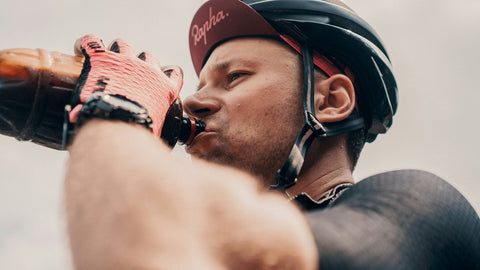
Longer or more intense rides increase electrolyte loss, including magnesium, potassium, and salt. Reversing cramps and preserving proper muscle performance depend on these electrolytes being replenished. Consider packing sports drinks or electrolyte pills on longer rides.
To replenish water and electrolyte losses after the bike, keep drinking fluids. Usually sufficient for rehydration, water; nevertheless, a sports drink can help restore electrolytes on longer or more intense rides.
Looking at urine color—aim for pale yellow—and body weight changes both before and after the bike helps one track hydration status. Your body is sending messages regarding thirst and drink in line that you need to pay attention to.
Prioritise Recovery
If you ride more often yet find your speed not improving, you could not be allowing your body enough time to repair. Every week, at least one rest day will let your body recuperate and enable the necessary modifications to increase strength.
Many training courses are designed to steadily increase the intensity of your riding, then alternate with a week of less demanding riding every three to four weeks. This is your body's chance for healing and adaptation to your exercise.
